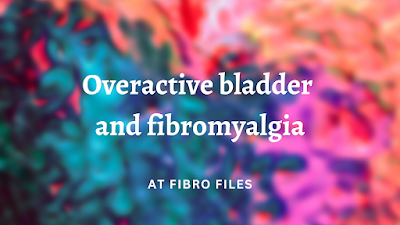As a person who has been living with chronic pain, in a variety of forms, I often read the latest health articles and wanted to share what I have been reading with you too...
Exploring the Role of Gut Inflammation in Depression
Clinical strategies to dampen gut inflammation and improve gut health include:
- Adopting a whole-food diet similar to what our pre-industrial ancestors ate.
- Identifying and addressing food sensitivities.
- Improving gut microbiome health and diversity.
Fibromyalgia hurts more when you’re overweight. Having too much body fat and too little muscle also increases fatigue and worsens many other symptoms. Studies show that losing weight and exercising help dial down the pain while improving daily function.
Read full article at Arthritis Foundation
Life hacks for living with chronic pain
- Inflatable Pillow & Fold-Up Chair
Keep a folding or deck chair in your car, as well as an inflatable pillow and blanket. Many travel pillows are compact in size and will fit in your purse. There are also lightweight, portable back supports for chairs, that you can easily transfer from the car to any chair.
Read full article at The U.S. Pain Foundation by Amy Orr is a U.S. Pain Foundation Junior Ambassador and author. Her new book, Taming Chronic Pain: A Management Guide for a More Enjoyable Life, has hundreds of tips just like these.
Are You Making This Common Vitamin D Mistake?
Many clinicians and patients now know that vitamin D plays an important role in immune health, bone health and brain health.
However, most physicians and patients are unaware that vitamin D can create some problems.
This article recommends a regular intake of vitamin K2 with vitamin D and suggests the foods that supply it.
It was devised by Dr John Sarno who spent years being rebuffed by mainstream science whilst he touted his theory that the mind-body connection lay at the root of most if not all unresolved healing, especially from chronic pain and other chronic conditions that defy conventional approaches.
Read full article at Living Whole by Helen White, who came down with Myalgic Encephamialitis / Chronic Fatigue Syndrome (ME/CFS) and Fibromyalgia back in 2005.






.png)